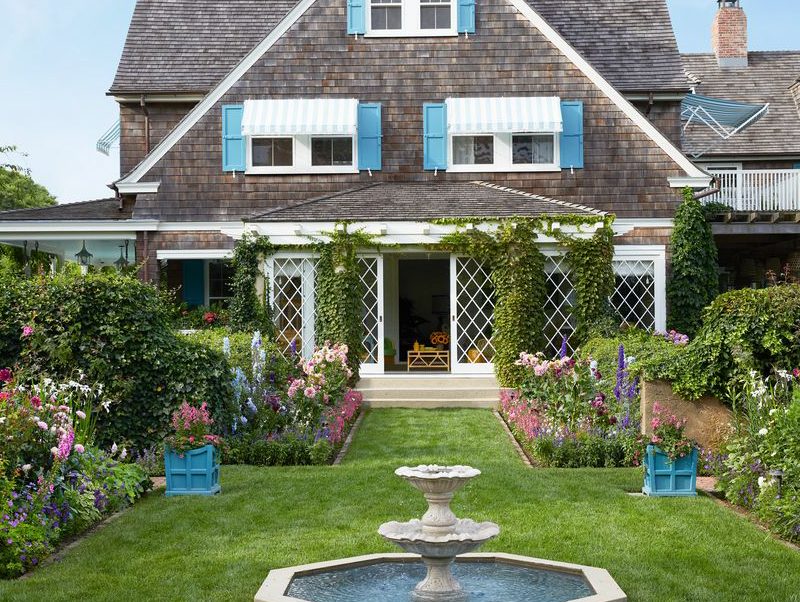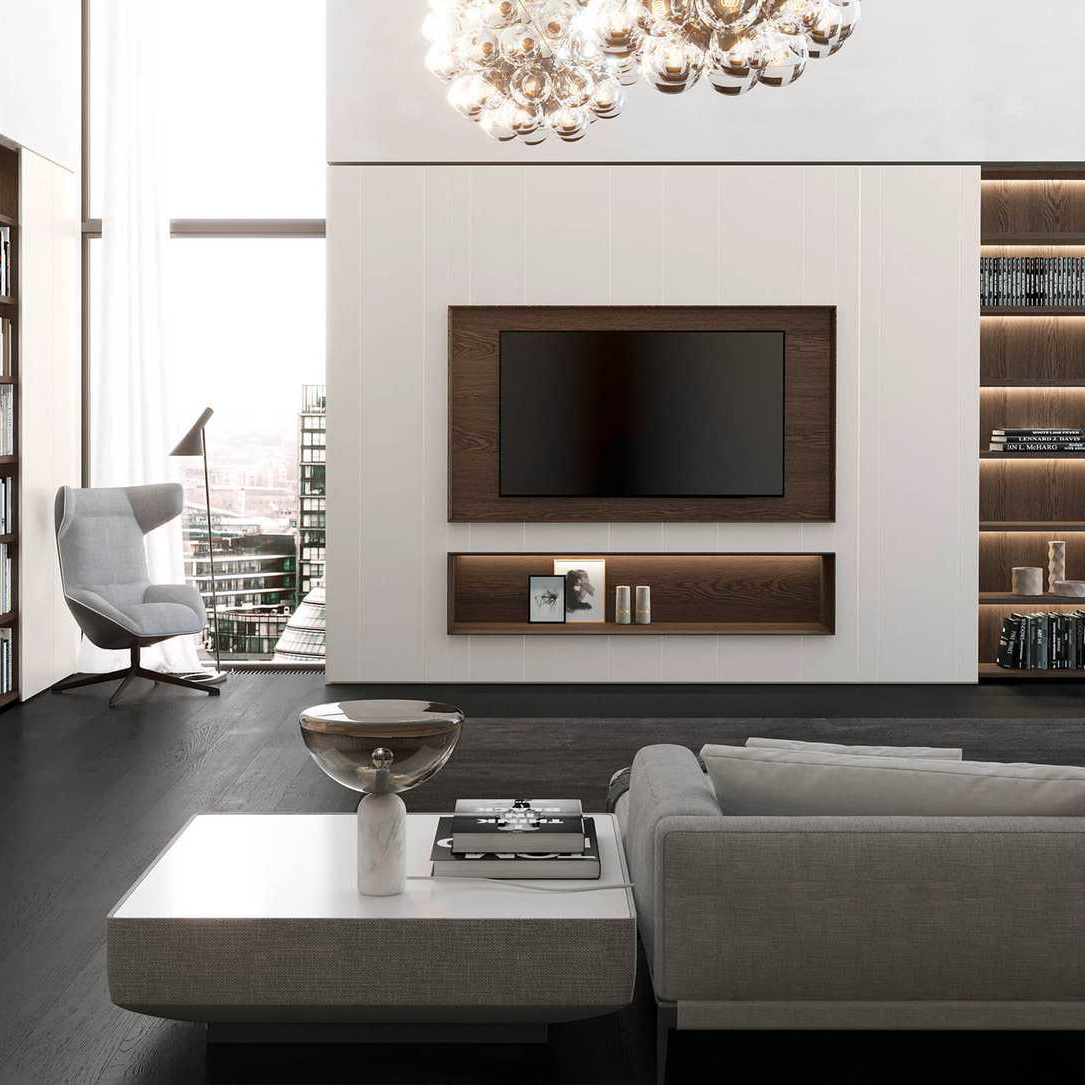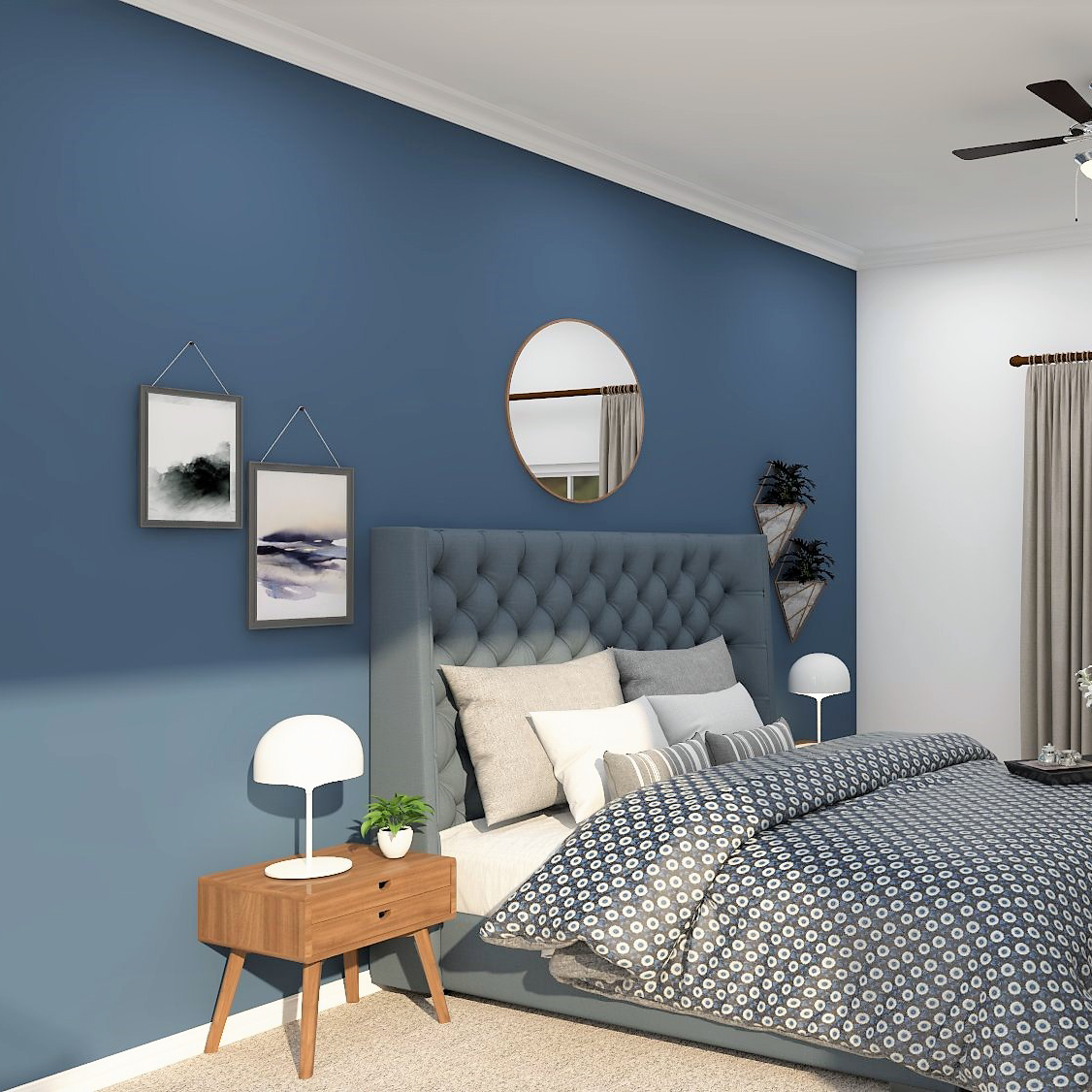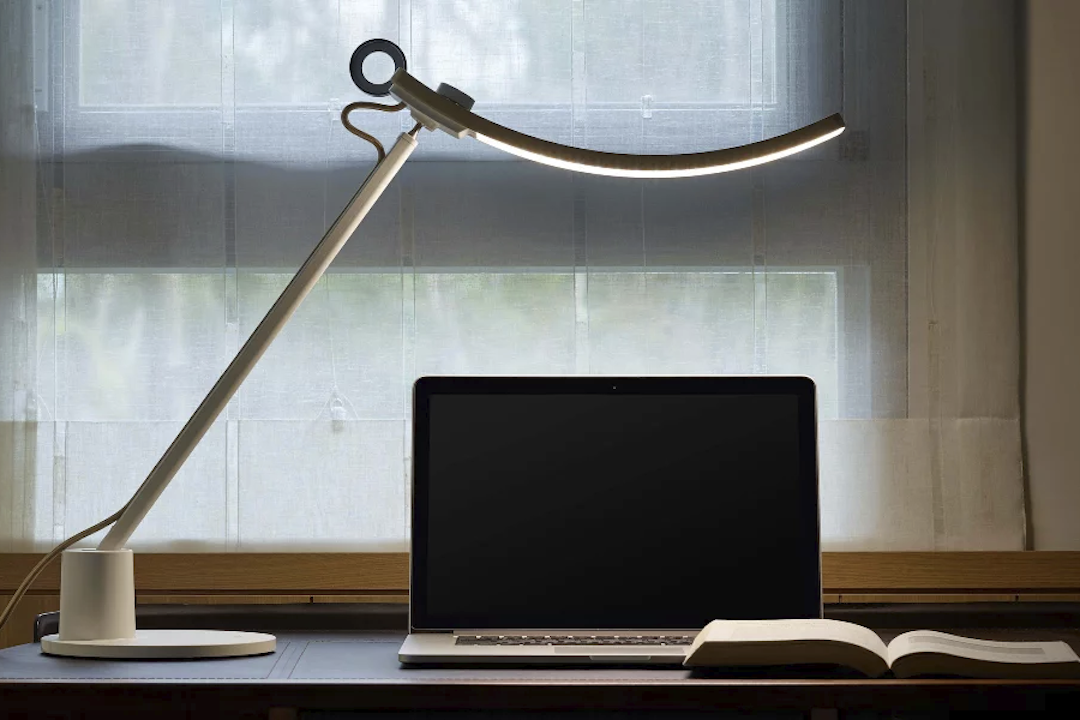The Impact of Lighting on Hallways
Lighting is one of the most important factors when designing the overall ambiance of a space. In the case of hallways, lighting plays a critical role in creating a welcoming and safe environment. Poorly lit hallways can feel oppressive, unwelcoming, and even dangerous. On the other hand, a well-lit hallway can substantially enhance the atmosphere of a space.
Types of Lighting
There are three main types of lighting that are typically used in hallways:
Ambient Lighting
Ambient lighting refers to the primary light source that illuminates the space. In hallways, this is usually overhead lighting such as chandeliers, pendants or flush mounts. Ambient lighting should be bright enough to fully illuminate the hallway, but not so bright that it causes glare or creates an uncomfortable atmosphere.
Task Lighting
Task lighting is intended to provide additional lighting to aid specific tasks. In hallways, task lighting can take the form of wall sconces, floor lamps, or table lamps. For example, a wall sconce can provide additional lighting near a doorway or a floor lamp can illuminate a reading corner.
Accent Lighting
Accent lighting is used to highlight specific decorative or architectural features in a space. Artwork, photographs, and architectural details such as moldings or columns can benefit from accent lighting. In hallways, accent lighting can be achieved using track or recessed lighting.
Design Considerations
When designing lighting for hallways, there are several factors to consider:
Height of the Ceiling
The height of the ceiling will affect the type of lighting that is suitable for the space. For example, a tall ceiling may require a chandelier or pendant light to create a focal point, while a lower ceiling would be better suited for flush mounts.
Length of the Hallway
The length of the hallway will dictate the number of light fixtures needed to fully illuminate the space. Longer hallways may need additional lighting sources, such as wall sconces, to provide adequate illumination.
Color Temperature
Color temperature refers to the color of the light source. It can range from warm to cool, with warm colors being more yellow and cool colors being more blue. In hallways, a cool color temperature is usually preferred, as it creates a bright and welcoming atmosphere.
Safety
In addition to ambiance, safety is a crucial consideration when designing lighting for hallways. Adequate lighting is needed to prevent accidents and ensure that occupants can safely navigate the space.




